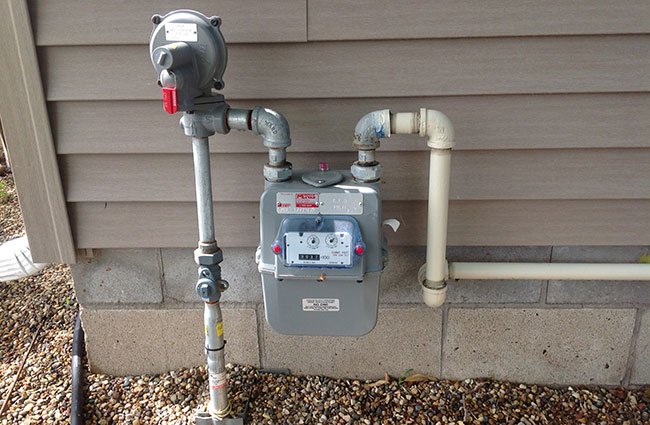The government is actively considering lifting the ban on new domestic gas connections — a decision that could bring relief to millions of waiting households and help manage the country’s growing surplus of imported LNG.
The idea, currently under review, has been floated by the Ministry of Finance, which suggests that revisiting the 2022 ban could help absorb excess imported LNG, ease pressure on foreign exchange reserves, and ensure that Pakistan honors its sovereign LNG supply contracts.
Right now, more than 3.5 million applications for gas connections are pending with SNGPL and SSGCL. The ban on new connections was originally imposed back in 2009, slightly relaxed in 2015, but reinstated in 2022 due to tight supply and infrastructure constraints.
According to current plans, the government aims to add 120,000 new connections in FY2026, including 86,000 in Sindh and Balochistan via SSGCL, and 35,000 in Punjab and KP via SNGPL — with around 1,000 connections reserved for commercial and industrial users.
But the financial picture is also playing a role. To meet IMF conditions, the government has already:
Raised fixed gas charges by 50%
Increased gas prices by up to 17% for industrial, power, and bulk users
Added a total burden of Rs85 billion for FY26, including:
Rs41 billion to cover SNGPL’s shortfalls
Rs31 billion in extra revenue for SSGCL
Rs13 billion in additional GST collection
Meanwhile, demand from captive power plants — which use gas for electricity generation — has dropped sharply due to new levies. SSGCL’s supply to such plants has fallen from 180 mmcfd to just 75 mmcfd, while SNGPL’s dropped from 175 mmcfd to 35 mmcfd.
The Oil and Gas Regulatory Authority (OGRA) has set the total revenue requirement for FY2026 at Rs888.6 billion, reflecting the financial pressures facing the energy sector.
Reopening gas connections, if approved, would not only help reduce the growing LNG surplus but also offer some economic breathing room — while giving long-waiting consumers a chance to finally access piped gas.




